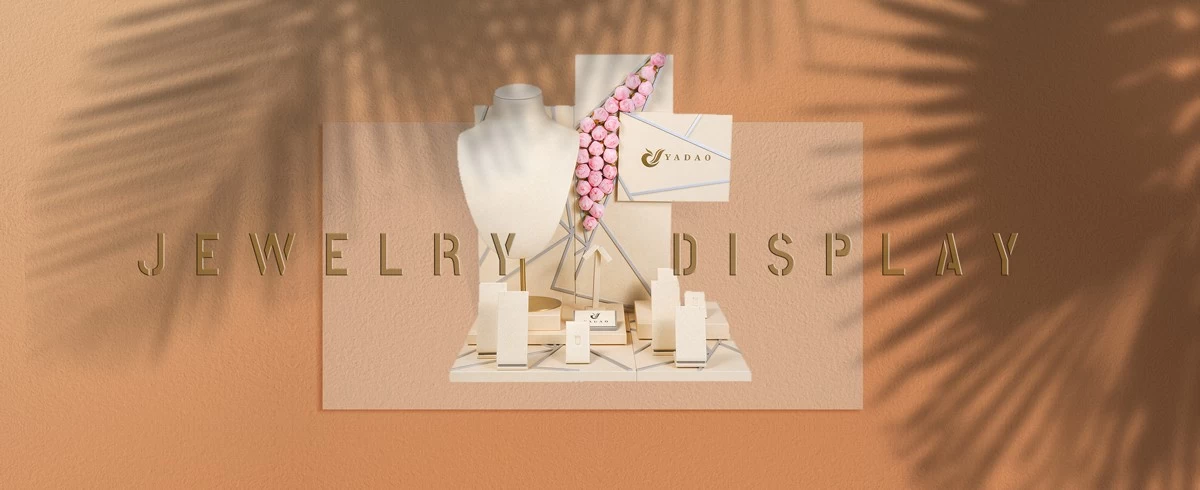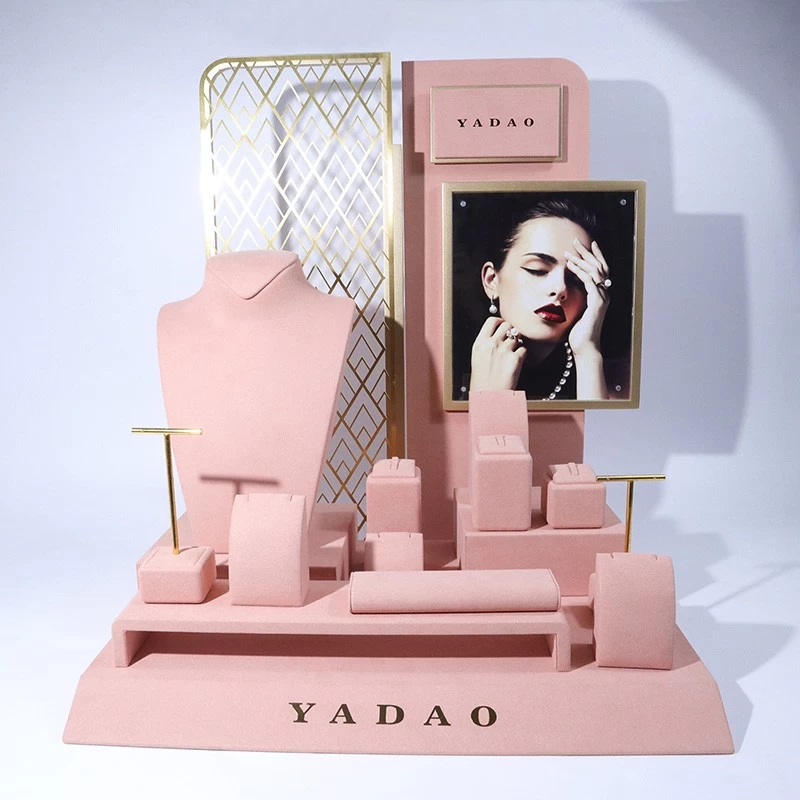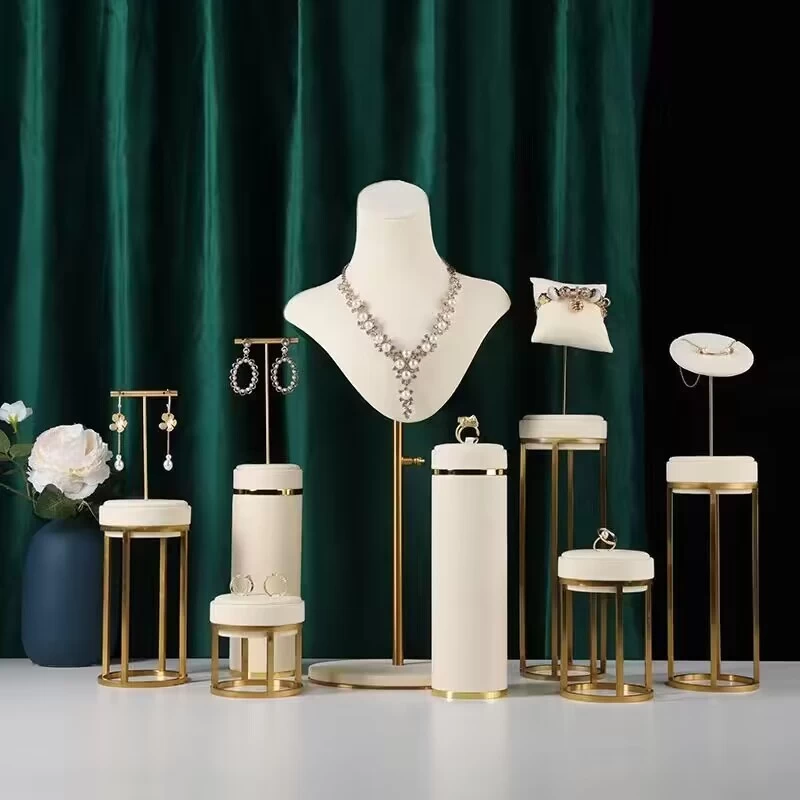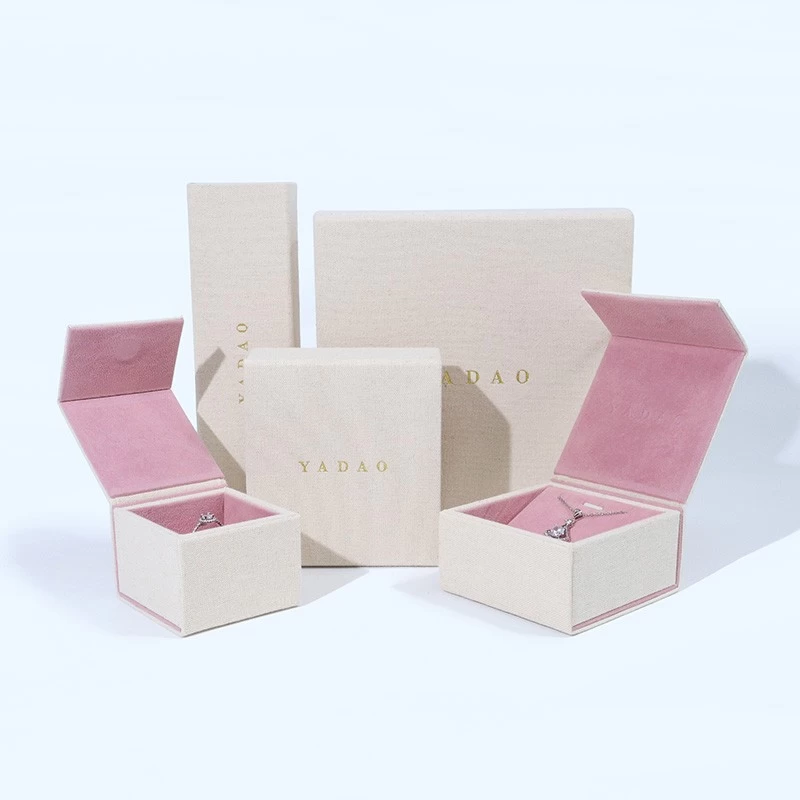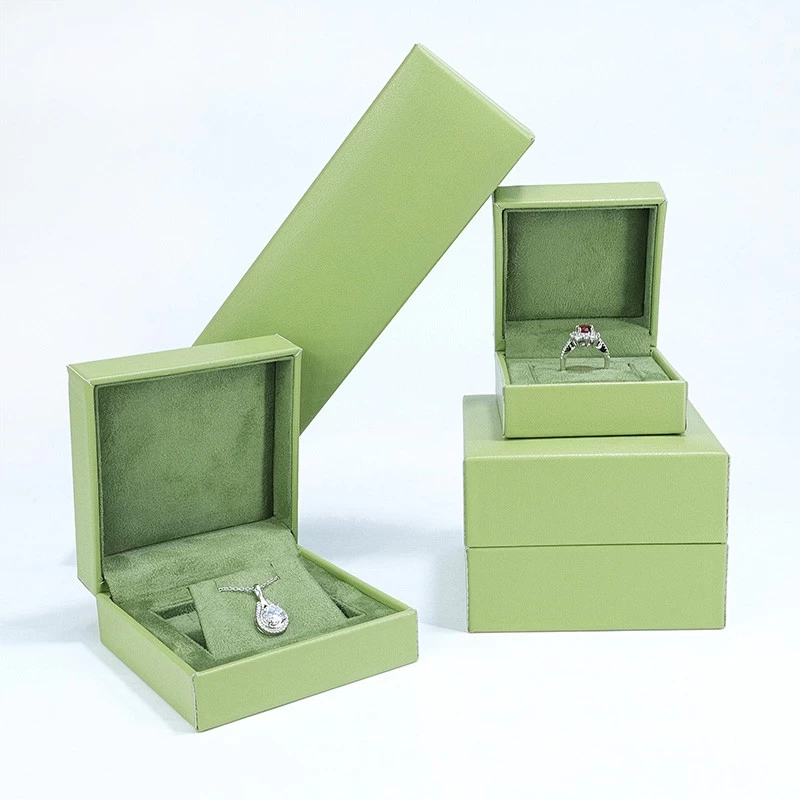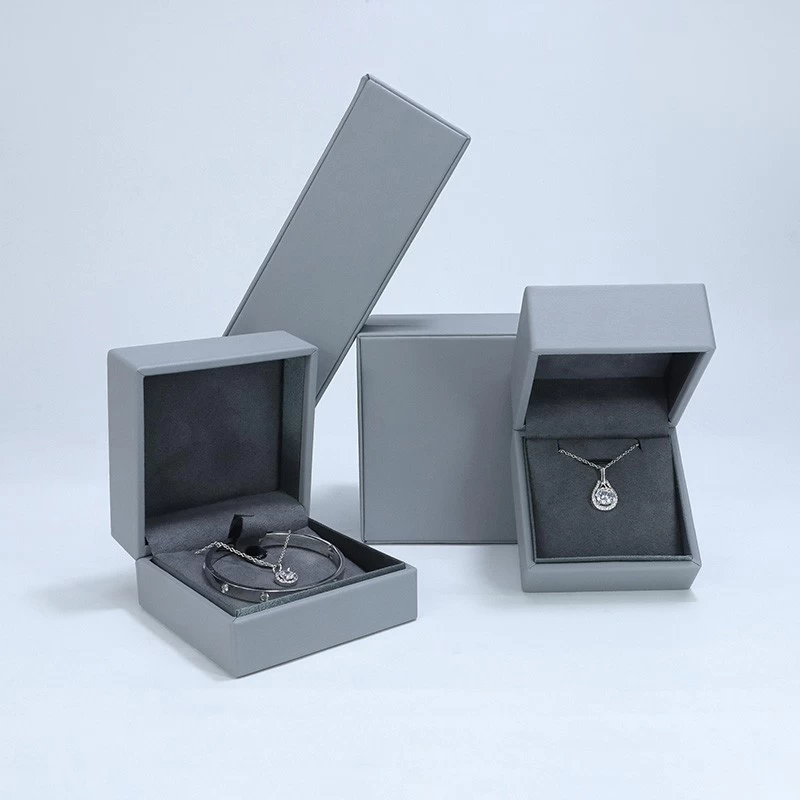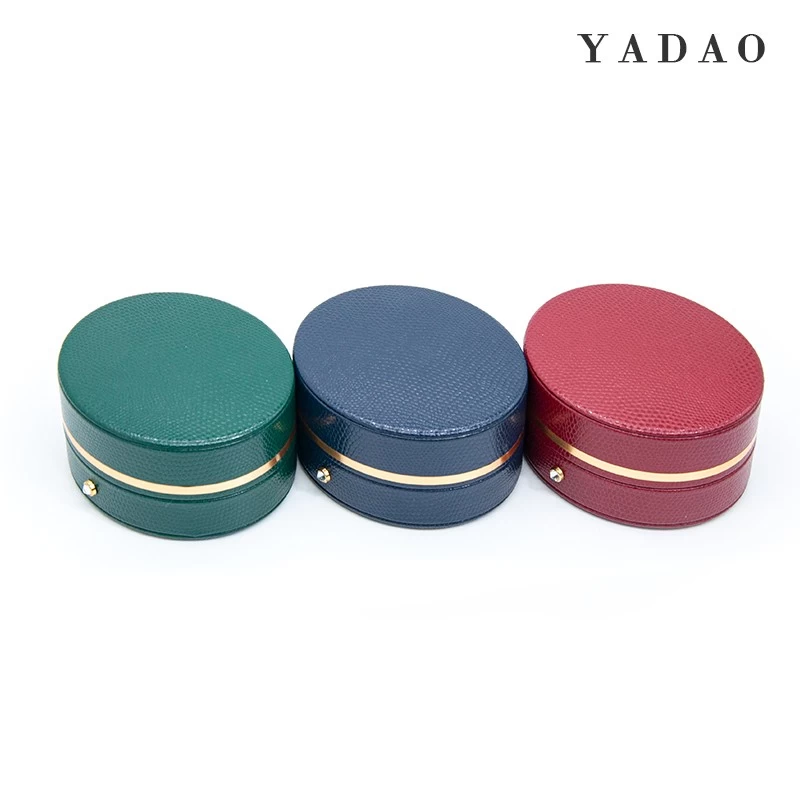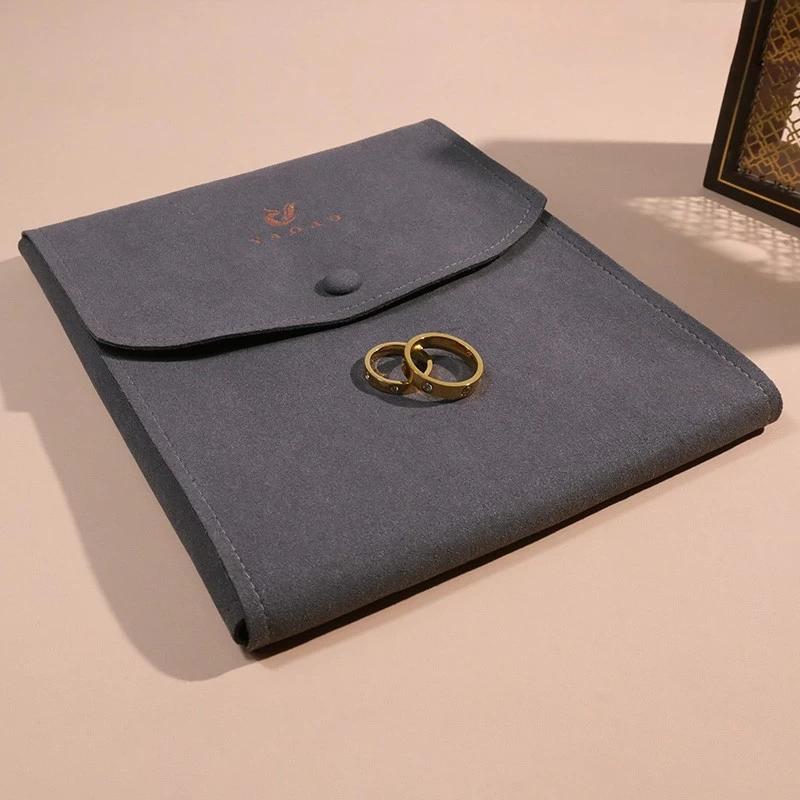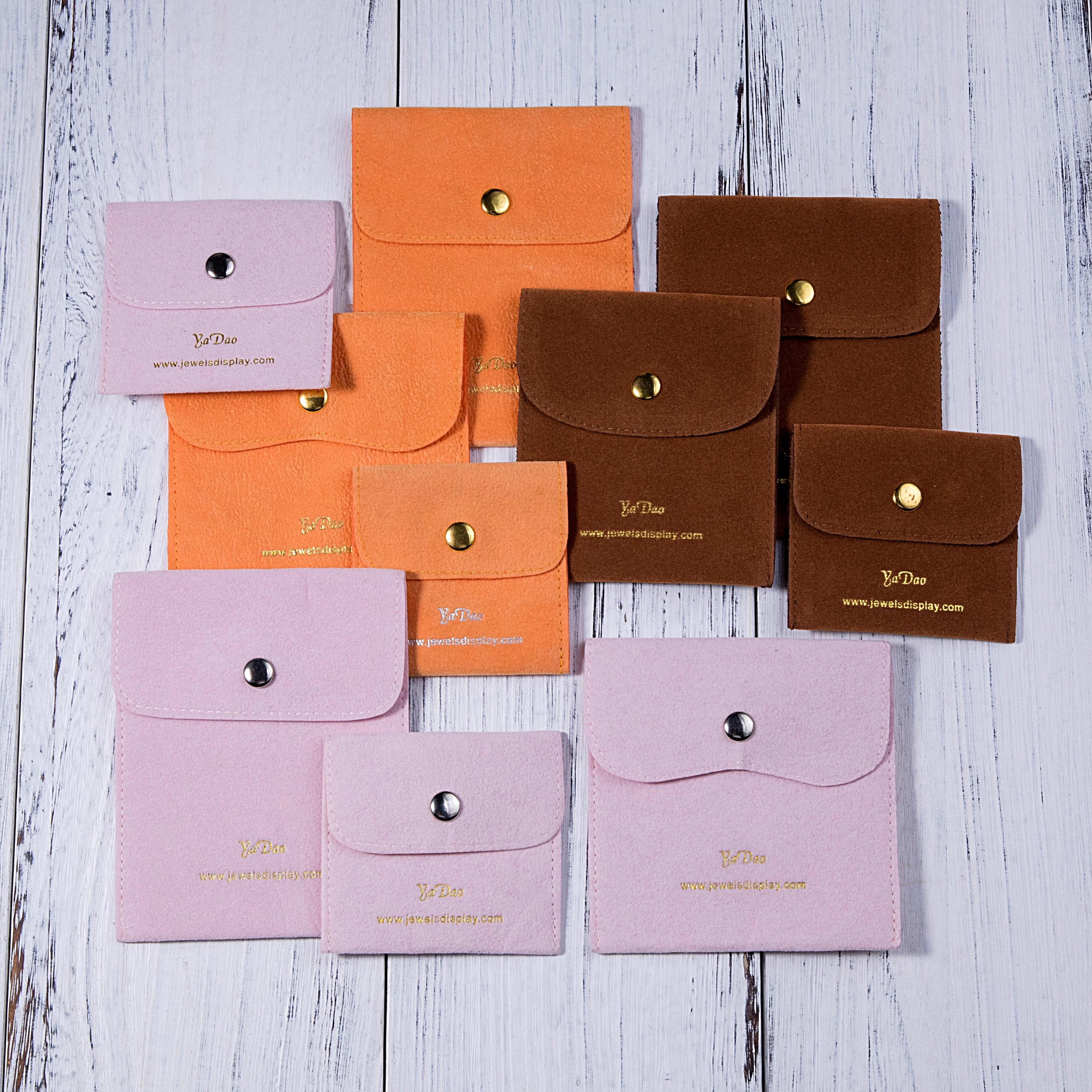The Evolution of Jewelry Packaging: From Functional to Fashionable
In the dynamic world of jewelry, where every piece tells a story, the narrative doesn't merely begin with the adornment itself but extends to the vessel that houses it – the packaging. Over the centuries, the evolution of jewelry packaging has mirrored the changing tides of culture, commerce, and craftsmanship. What once served as mere protection for precious gems and metals has metamorphosed into an essential component of brand identity and consumer experience.
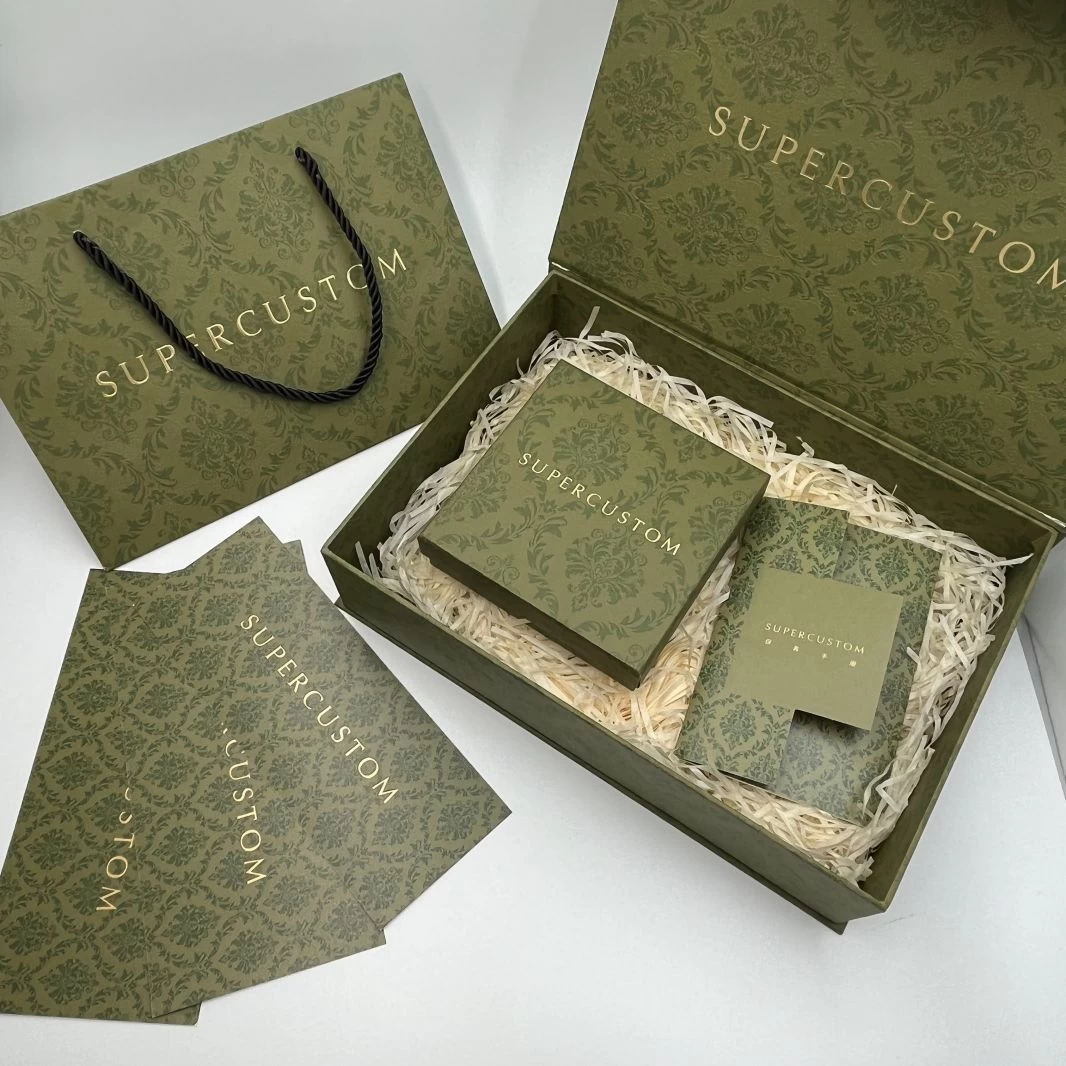
Historically, jewelry packaging was primarily utilitarian, designed primarily to safeguard the valuable contents during transportation and storage. Ancient civilizations employed simple materials such as cloth pouches, wooden boxes, and ceramic vessels to house their treasured ornaments. However, as societies progressed and trade routes expanded, the concept of presentation became increasingly important. Intricate patterns, symbolic motifs, and ornate embellishments adorned packaging, reflecting cultural aesthetics and societal status.
Fast forward to the Renaissance and the dawn of modern craftsmanship, and jewelry packaging began to take on a new level of sophistication. Artisans crafted bespoke boxes and cases from luxurious materials like velvet, silk, and exotic woods, elevating the presentation of jewelry to an art form. These opulent containers not only protected the valuables within but also served as status symbols, indicative of wealth, taste, and refinement.
The Industrial Revolution heralded a new era of mass production, democratizing access to jewelry and its packaging. Standardized boxes and pouches became commonplace, yet brands sought to differentiate themselves through innovative designs and branding. The emergence of luxury maisons in the 19th and 20th centuries brought about a golden age of jewelry packaging, with iconic houses like Cartier, Tiffany & Co., and Bvlgari creating signature boxes synonymous with elegance and exclusivity.
In the digital age, jewelry packaging has undergone a renaissance of its own, fueled by the intersection of technology, sustainability, and consumer demand for personalization. Brands are leveraging cutting-edge materials and manufacturing techniques to create eco-friendly packaging solutions that resonate with environmentally conscious consumers. From recycled paper to biodegradable plastics, the emphasis is on reducing waste and carbon footprint while maintaining a sense of luxury and style.
Furthermore, the rise of e-commerce has revolutionized the unboxing experience, with brands investing in experiential packaging that delights and engages customers from the moment they receive their parcel. Interactive elements, such as magnetic closures, hidden compartments, and augmented reality apps, add an extra layer of excitement and storytelling, blurring the lines between physical and digital realms.
Today, jewelry packaging is not merely a means to an end but an integral part of the brand narrative – a canvas for creativity, innovation, and self-expression. Whether minimalist and modern or opulent and ornate, each box tells a story, inviting the recipient to embark on a journey of discovery and delight. As the jewelry industry continues to evolve, one thing remains certain: the packaging will always be more than just a vessel – it's a reflection of the values, aspirations, and dreams we hold dear.
FANAI jewelry packaging is very popular and highly praised.Contact us to provide you with the highest quality service. Size, dimensions, and style can all be customized.


